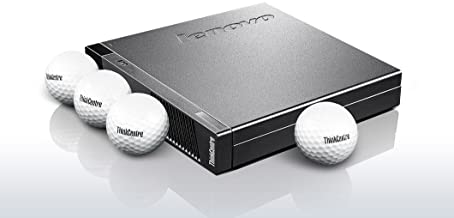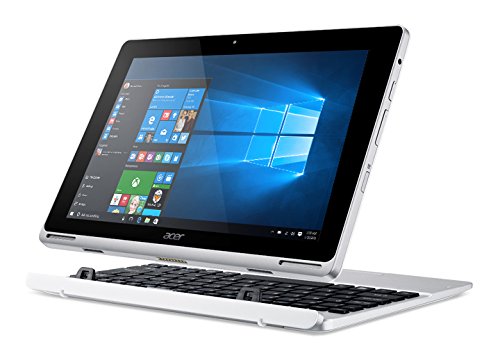Hello out there, this week I want to discuss or even propose the purchase of tiny computers to fill out your computer needs as the need for remote computing causes the desire for another computer or two. Generally, I think of tiny computers as using a television for its monitor instead of a dedicated monitor, though either choice works equally well. One of the benefits of tiny computers is that they can hide behind the display unit and not clutter up a workspace or family space.
Various providers have a considerable backstock of tiny computers and you can find them “new”, “refurbished”, or “renewed” usually with Windows 10 installed and a variety of “ports” built-in so you can accessorize as necessary. The one drawback to any of these small devices is that they tend to be too small to include an optical drive (cd, DVD, blueray, etc.) which can be dealt with by transferring content onto USB drives or pushing it up to the cloud or by acquiring a USB-DVD device. This backstock can make the price quite attractive with renewed Intel i5 based units with 8gb of RAM and 240gb of SSD drive going for under $200.

It is this pricing for a so much more capable machine than a stick computer that makes these tiny computers so attractive. One additional cost involved with the tiny machines is the video cable to match /connect the computer to your choice of a monitor ($20 or less) and then it is all the same as setting up a stick computer (wireless keyboard + mouse, etc.).
If you don’t already have a spare TV hanging around, you will find that 27″ – 43″ televisions are quite affordable in HD and even UHD configurations. Some advantages of a TV over a monitor are the built-in speakers and the tuner which can allow it to take on multiple roles (supporting gaming consoles, over air broadcasts, etc.).
Another approach is to get a low-end Laptop or even consider a refurbished or renewed mid-range laptop (notebook or similar). This is where some guidance can be assistive; because laptops tend to use low-power components that negatively affect overall performance choosing a CPU like an Intel i5 or AMD A-series or even a Ryzen5 will go a long way towards a good overall experience with a laptop. In addition, choosing a model with an SSD for main storage will provide a better user experience and longer quality service. Intel and AMD both produce lower-end CPUs with other family names (N2000, E3500, etc.) and while these have applications where they are appropriate, they can be frustrating slow when asked to support distance learning and other interactive applications.

